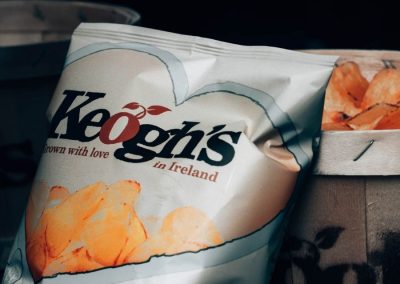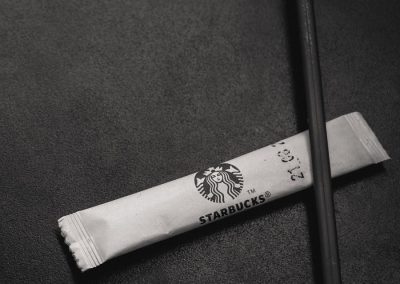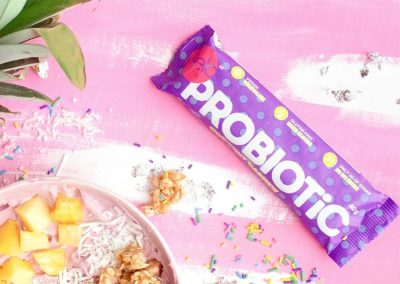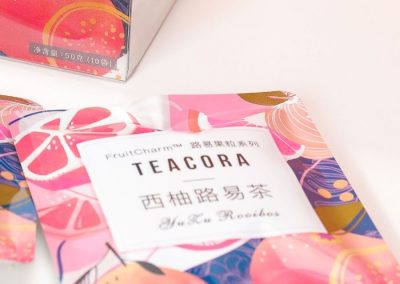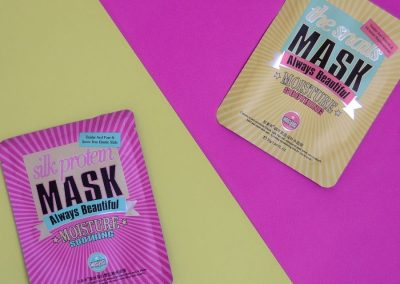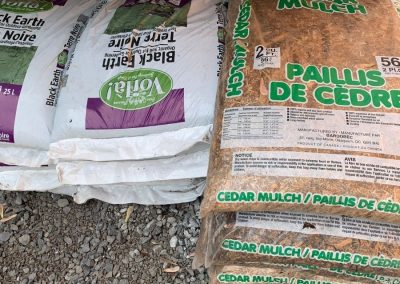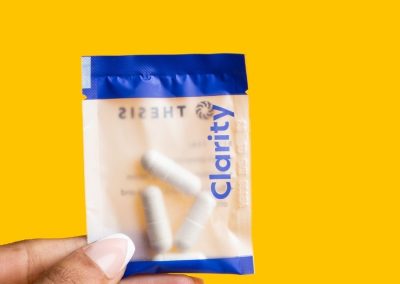According to the Flexible Packaging Association, more than 60% of North American consumers are willing to pay more for tangible and functional packaging benefits (1).
What is flexible packaging?
Flexible packaging solutions come in the form of roll stocks. They can take the shape of sachets, stick packs, bar wraps, pouches and bags. Roll stocks can run on vertical or horizontal form-fill-seal (FFS) equipment that is either semi-automatic or fully automated.
Stick packs, sachets, pouches and bags are formed on three sides and filled from the top.
- Stick packs have a slim, narrow design. They are ideal for nutraceutical products and dried flavouring such as spices, sugar, etc.
- Sachets are useful for portions of supplements, over-the-counter drugs, cosmetic products, tea, coffee, condiments, and powders, etc.
- Pouches are usually bigger than sachets. Think of your favourite chip or popcorn, grated cheese, frozen shrimps, pet food and more!
- Heavy-duty bags are used for chemical products such as salt or pool maintenance solutions.
Bar wraps are a little bit different. They are formed by wrapping the material around the product, sealed on the side, and closed again at the top and bottom. This item is popular for granola bars and snack packaging.
Why are leading manufacturers turning to flexible packaging as an innovative solution?
Protective properties and performance
Flexible packaging protects from oxygen, humidity, moisture, odours, light, UV rays and more. With the right flexible packaging substrate, it is possible to extend shelf life or keep products safe from spills, punctures and outside contaminants during transportation and storage. The construction and dimension of a flexible packaging solution are customized based on “what goes into the pouch” and the product weight.
Convenient, enjoyable, and safe for consumers
Flexible packaging is great for one-time use, single serve, or portion packs. Individual servings are excellent for dosing medicines, supplement, cosmetics cream, etc. They are simple to carry and store at home or on the go. Several options make flexible packaging easy to open.
Premium look and feel
Leverage the full printable area or make the product apparent with a window to grab customers’ attention. In a retail environment, visibility is of the utmost importance: flexible packaging can incorporate specialty finishes to make a commodity stand out on the shelf.
Boost additional sales
Flexible packaging is a perfect go-to-market tactic: sell expensive products in smaller quantities, increase point-of-sale purchases with small and unplanned shopping, distribute sample packs, or create cross-promotions between offerings by adding a sachet to e-commerce sales.
Who uses flexible packaging?
Flexible packaging is mainly used for food (1) but it’s also popular among manufacturers of pharmaceutical products, household, personal care, cosmetics, nutraceutical, vitamins, and cannabis. Additionally, flexible packaging has many industrial applications, especially in the agricultural and chemical market segments.



